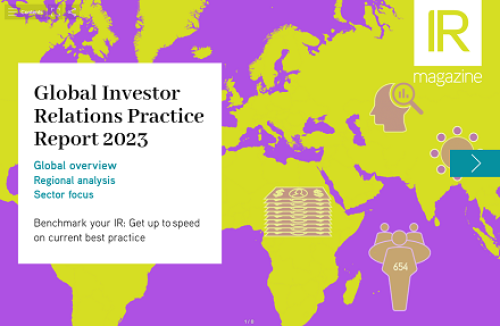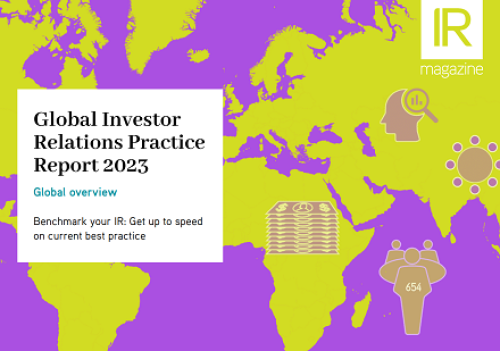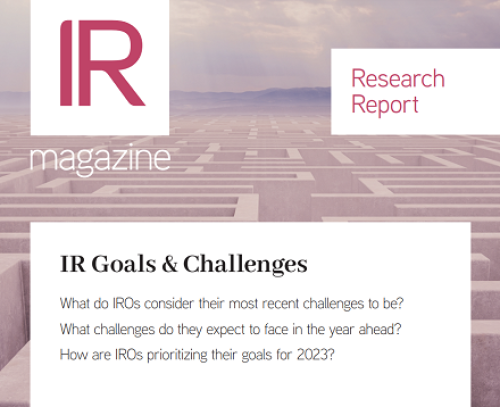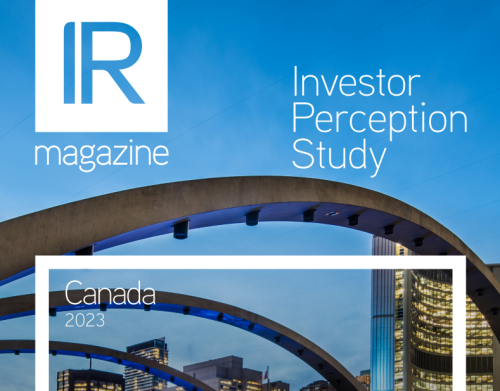As the cannabis industry continues to attract significant investment from retail investors, the importance of investor relations comes into focus
Just over three years ago, Canopy Growth Corporation became the first cannabis company to list on a major stock exchange. It graduated from the TSX Venture Exchange to Toronto Stock Exchange (TSX) in July 2016, taking the ticker symbol WEED. At the time, the company’s market capitalization was around $1 bn. By late August 2019, that had risen to more than $8 bn.
Commentators on the cannabis industry have likened the opportunity for wealth creation in a short period of time to the end of prohibition
You need to register to access 3 free deep dive articles per month. To continue reading please register or login below..
- Unlimited deep dives
- Data-driven research around key topics
- Buy-side insights
- Benchmarking reports
From
$1495










